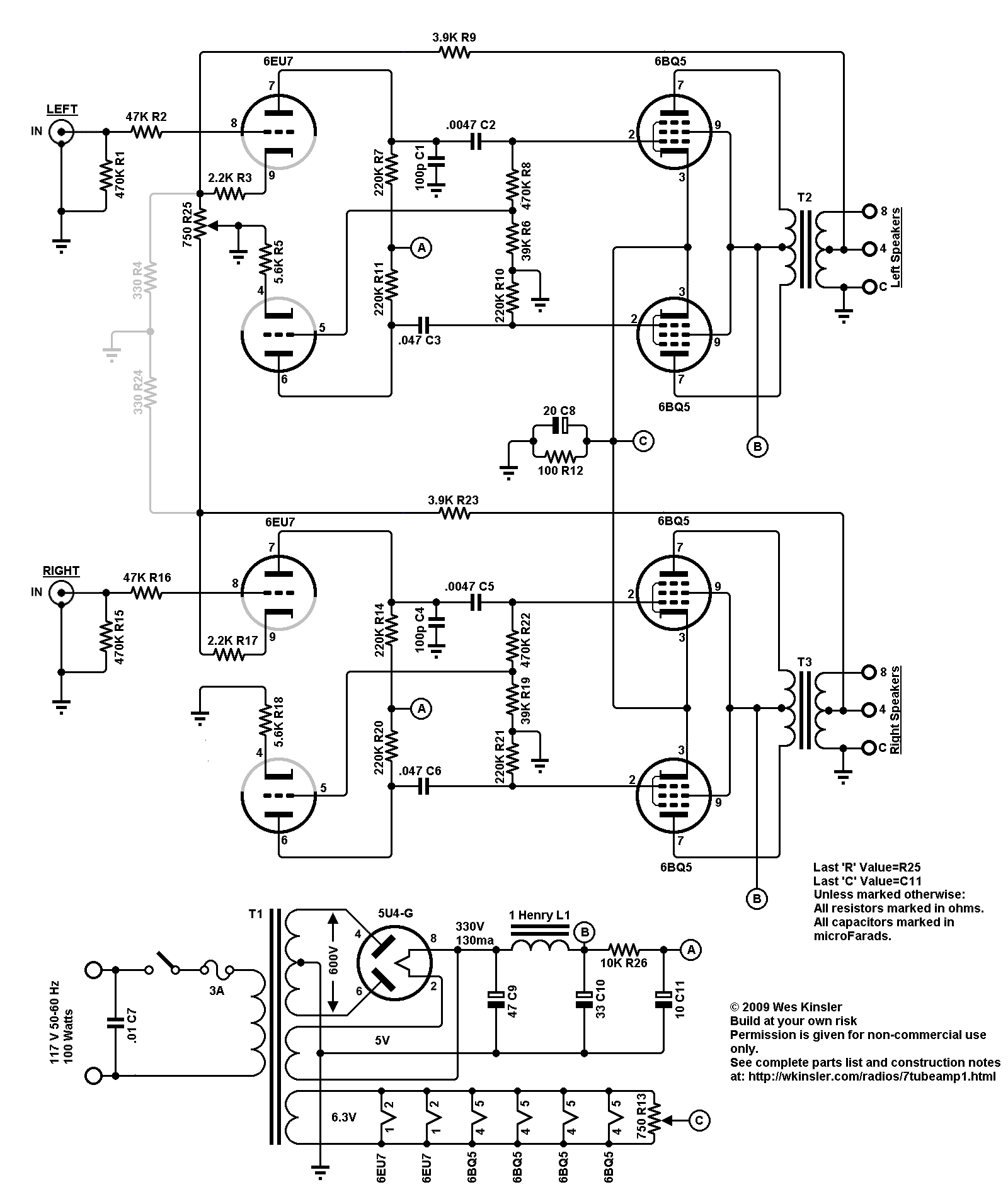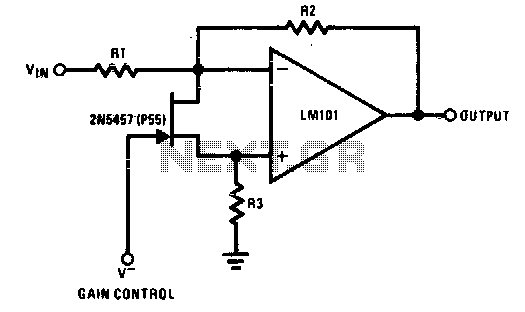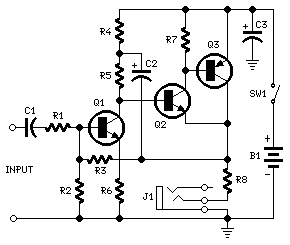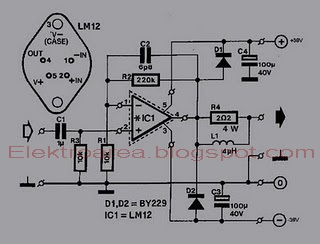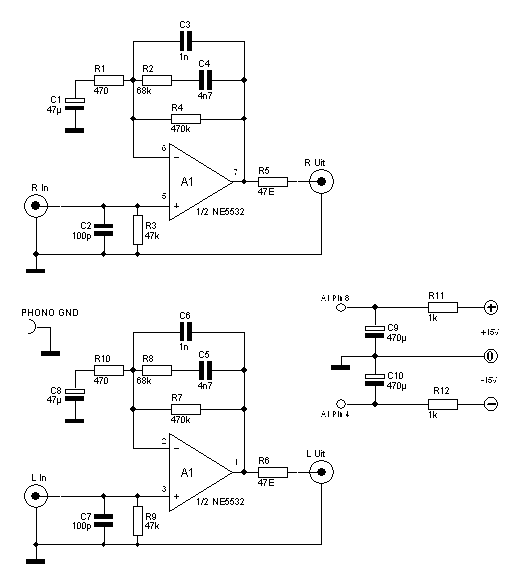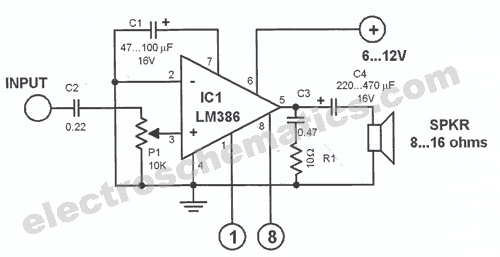
Klipsch Promedia V5.1 Amplifier Repair
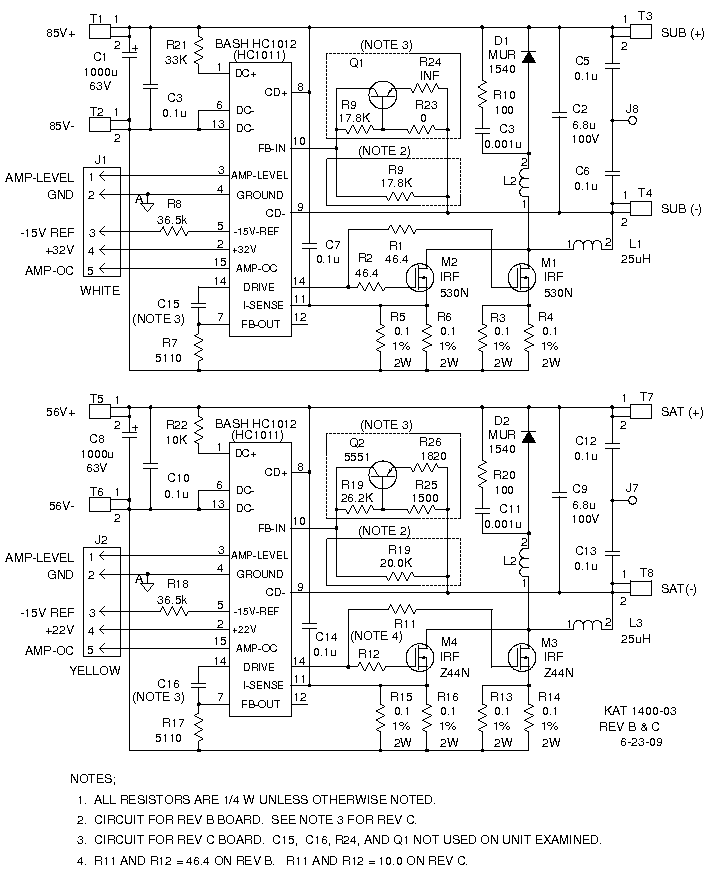
Utilize a V2-400 subwoofer amplifier for the center channel, and incorporate a separate Digital Converter specifically for the added subwoofer amplifier to initiate a V5.1 system. Place all preamplifiers within the subwoofer enclosure and design a digital control box for remote adjustment of the preamplifier gain controls. The control pod and satellite speakers are separate units, while all other connections are internal to the subwoofer box. Repairing the V5.1 control pod is limited since Klipsch has relocated all pre-amplifier circuitry to the subwoofer box, rendering the control pod merely a remote control interface. A serial data stream from the control pod transmits commands to modify the volume levels of various channels. Manual inputs consist of rotary encoders monitored by a microcontroller, with most functions managed by a program that is not available for purchase from Klipsch, and no additional data is provided. An analog replacement circuit may be proposed by others. A block diagram illustrates the basic operation of the control pods and their differences. The schematic diagrams for the two control pods can be accessed via the block diagram or an additional link. The DIN plug diagram for the V5.1 is derived from wire tracing by Evan Shultz. Pins are labeled according to their numbers on the control pod circuit board connector, J2, continuing with signals from J6 on the standard pod or J1 on the Ultra pod. The V5.1 I/O board is complex, as the control pod serves solely as a control interface, necessitating the relocation of all audio preamplifiers and headphone amplifiers into the subwoofer box. The I/O board comprises seven subsections: front-channel preamplifiers, rear-channel preamplifiers, center-channel preamplifier, subwoofer filter, headphone amplifiers, headphone/control-pod power supply, and control-pod serial-data circuits. Each preamplifier features a 2X gain stage, similar to center-channel U4:3, which supplies a signal to the subwoofer filter and to the serial-data-controlled level adjuster U5. The adjusted signal is routed to the headphone amplifier summing circuit and a high-pass filter that drives the channel's power amplifier. The front-channel preamplifier incorporates summing amplifiers U3:1 and U3:2 to inject subwoofer and auxiliary inputs from the control pod into the front-channel signal. The subwoofer filter (U6:3, U5:6, U1:3, U1:2, and U1:1) is level controlled by U5:6 and consists of a second-order, high-pass Sallen-Key filter followed by a second-order, low-pass Sallen-Key filter, creating a narrow low-frequency bandpass filter. U6:3 serves as a summing amplifier to combine signals from individual channel preamplifiers. The headphone amplifiers are low-powered, push-pull, Class AB circuits receiving summed inputs from various preamplifiers. Relay K1 manages the operation of the auxiliary input/headphone output jack on the control pod. In its unactivated state, K1 allows audio signals from the dual-purpose jack to pass to the front-channel summing amplifiers U3:1 and U3:2. When headphones are selected via the control pod, the pod sends a high-level logic signal (HP-MODE) to Q1, activating K1 and routing the auxiliary input/headphone output jack to the headphone amplifier outputs. The headphone amplifiers and I/O board preamplifiers are powered by a separate +/- 15V power supply, distinct from the AC-DC converter. This low-power regulator remains active, sourced from the transformer on the line-filter board, thereby reducing temperature within the subwoofer enclosure during idle periods when no airflow is generated by the subwoofer speaker cone.Take a V2-400 and use the sub-woofer amplifier for the center channel. Then add a separate Digital Converter just for the added sub-woofer amplifier and you have the starting of a V5. 1. Next, put all the preamplifiers in the sub-woofer box and make a digital control box to remotely set the preamplifier gain controls.
Below are the interconnections for the system. The control pod and the satellite speakers shown are separate units; all other connections are internal to the subwoofer box. There is not much you can do about repairing the V5. 1 control pod. Klipsch moved all the pre-amplifier circuitry into the sub-woofer box. The control pod is just a remote control head now. A serial data stream from the control pod relays commands to adjust the volume level of the various channels.
All the manual inputs are rotary encoders that are monitored by a microcontroller. With the exception of the encoders and a few transistors everything is done by the microcontroller program, which you can`t buy from Klipsch and for which we don`t have any data. Maybe someone can come up with an analog replacement circuit. The following block diagram of the control pods is marked to show basic operation of the pods and the differences between them.
Click on the block diagram, or here to get schematic diagrams of the two control pods. The diagram for the V5. 1 DIN plug comes from tracing of the wires by Evan Shultz on his plug. Pins are identified by using the pin numbers on the control pod circuit board connector, J2, then continuing the sequence with the signals from J6 on the standard pod or J1 on the Ultra pod. The V5. 1 I/O board is very busy. The control pod is just that on the V5. 1, a control pod, so all the audio preamplifiers and headphone amplifiers had to be moved into the subwoofer box.
Breaking the I/O board down, we have seven sub-sections: the front-channel preamplifiers, the rear-channel preamplifiers, the center-channel preamplifier, the subwoofer filter, the headphone amplifiers, the headphone/control-pod power supply, and the control-pod, serial-data circuits. All the preamplifiers are similar. A 2X gain stage, like center-channel U4:3, supplies a signal to the subwoofer filter and to the serial-data-controlled level adjuster U5.
The level-adjusted signal is fed to the headphone amplifier summing circuit and to a high-pass filter that in turn drives the channel`s power amplifier. The front-channel preamplifier adds summing amplifiers U3:1 and U3:2 to inject the subwoofer input and the auxililiary input from the control pod into the front-channel signal.
Subwoofer filter (U6:3, U5:6, U1:3, U1:2 and U1:1) is level controlled by U5:6. The filter is a a second-order, high-pass, Sallen-Key filter followed by a a second-order, low-pass, Sallen-Key filter resulting in a very narrow low frequency bandpass filter. U6:3 is a summing amplifier to combine the signals from the individual channel preamplifiers. The headphone amplifiers are low-powered, push-pull, AB circuits with summed inputs from all the various preamplifiers.
Relay K1 controls the function of the auxiliary-input/headphone-output jack on the control pod. In the un-activated state, K1 passes audio signals from the dual-purpose jack to the front-channel summing amplifiers U3:1 and U3:2. When headphones are selected on the control pod, the pod sends a HP-MODE, high-level logic signal to Q1.
This activates K1 and the auxilary-input/headphone-output jack on the control pod is connected to the headphone amplifier outputs. The headphone amplifiers and the I/0 board preamplifiers get their +/- 15V power from a power supply separate from the AC-DC converter.
This low-power regulator is constantly active, and sourced by the transformer on the line-filter board. In this manner temperature inside the subwoofer box is reduced during the non-use periods when there is no air movement provided by the subwoofer speaker cone.
The + 🔗 External reference
Below are the interconnections for the system. The control pod and the satellite speakers shown are separate units; all other connections are internal to the subwoofer box. There is not much you can do about repairing the V5. 1 control pod. Klipsch moved all the pre-amplifier circuitry into the sub-woofer box. The control pod is just a remote control head now. A serial data stream from the control pod relays commands to adjust the volume level of the various channels.
All the manual inputs are rotary encoders that are monitored by a microcontroller. With the exception of the encoders and a few transistors everything is done by the microcontroller program, which you can`t buy from Klipsch and for which we don`t have any data. Maybe someone can come up with an analog replacement circuit. The following block diagram of the control pods is marked to show basic operation of the pods and the differences between them.
Click on the block diagram, or here to get schematic diagrams of the two control pods. The diagram for the V5. 1 DIN plug comes from tracing of the wires by Evan Shultz on his plug. Pins are identified by using the pin numbers on the control pod circuit board connector, J2, then continuing the sequence with the signals from J6 on the standard pod or J1 on the Ultra pod. The V5. 1 I/O board is very busy. The control pod is just that on the V5. 1, a control pod, so all the audio preamplifiers and headphone amplifiers had to be moved into the subwoofer box.
Breaking the I/O board down, we have seven sub-sections: the front-channel preamplifiers, the rear-channel preamplifiers, the center-channel preamplifier, the subwoofer filter, the headphone amplifiers, the headphone/control-pod power supply, and the control-pod, serial-data circuits. All the preamplifiers are similar. A 2X gain stage, like center-channel U4:3, supplies a signal to the subwoofer filter and to the serial-data-controlled level adjuster U5.
The level-adjusted signal is fed to the headphone amplifier summing circuit and to a high-pass filter that in turn drives the channel`s power amplifier. The front-channel preamplifier adds summing amplifiers U3:1 and U3:2 to inject the subwoofer input and the auxililiary input from the control pod into the front-channel signal.
Subwoofer filter (U6:3, U5:6, U1:3, U1:2 and U1:1) is level controlled by U5:6. The filter is a a second-order, high-pass, Sallen-Key filter followed by a a second-order, low-pass, Sallen-Key filter resulting in a very narrow low frequency bandpass filter. U6:3 is a summing amplifier to combine the signals from the individual channel preamplifiers. The headphone amplifiers are low-powered, push-pull, AB circuits with summed inputs from all the various preamplifiers.
Relay K1 controls the function of the auxiliary-input/headphone-output jack on the control pod. In the un-activated state, K1 passes audio signals from the dual-purpose jack to the front-channel summing amplifiers U3:1 and U3:2. When headphones are selected on the control pod, the pod sends a HP-MODE, high-level logic signal to Q1.
This activates K1 and the auxilary-input/headphone-output jack on the control pod is connected to the headphone amplifier outputs. The headphone amplifiers and the I/0 board preamplifiers get their +/- 15V power from a power supply separate from the AC-DC converter.
This low-power regulator is constantly active, and sourced by the transformer on the line-filter board. In this manner temperature inside the subwoofer box is reduced during the non-use periods when there is no air movement provided by the subwoofer speaker cone.
The + 🔗 External reference
Warning: include(partials/cookie-banner.php): Failed to open stream: Permission denied in /var/www/html/nextgr/view-circuit.php on line 713
Warning: include(): Failed opening 'partials/cookie-banner.php' for inclusion (include_path='.:/usr/share/php') in /var/www/html/nextgr/view-circuit.php on line 713
